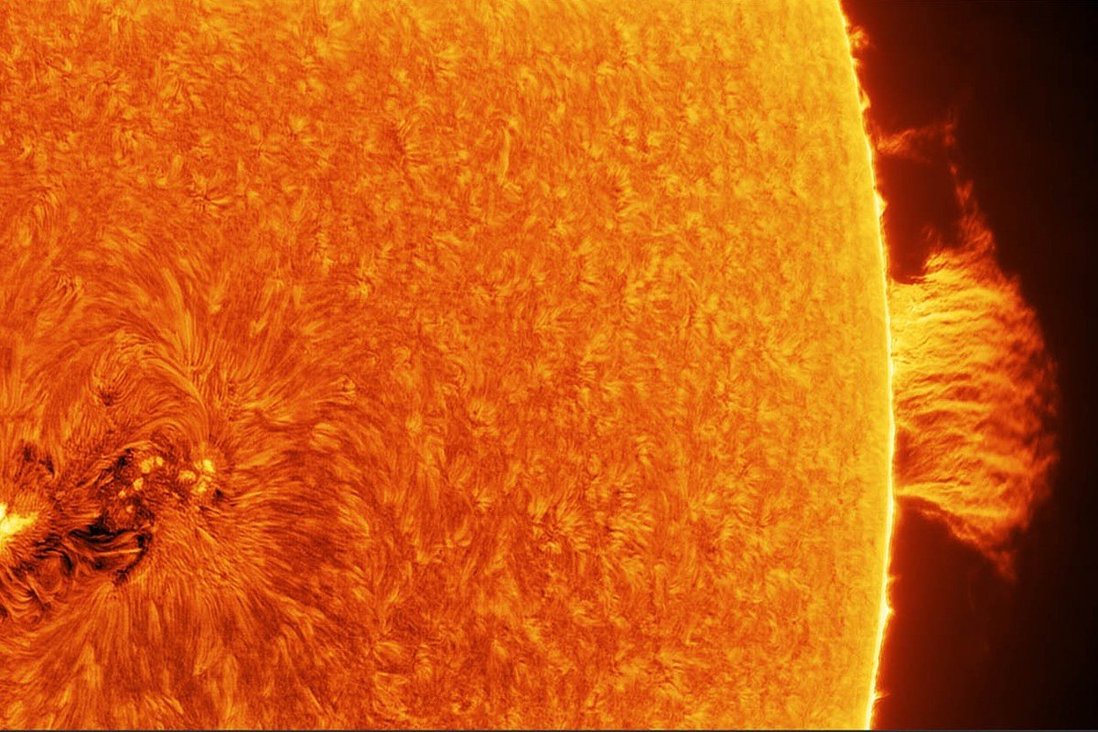
Science
This year, China will launch its first solar exploration satellite.

According to the satellite's inventor, China aims to launch its first solar exploration satellite this year, with a replica of the new hardware on show at the present 13th China International Aviation and Aerospace Exhibition.
With the satellite's launch, China will start a new age of solar exploration, according to the Shanghai Academy of Spaceflight Technology (SAST), which is part of the China Aerospace Science and Technology Corporation.
The solar H imaging spectrometer, which will collect photographs of the Sun in the H spectrum, will be the principal payload aboard the spacecraft. It will aid researchers in observing changes in the Sun's atmosphere during solar flares, such as changes in temperature and velocity.
The satellite's architecture involves separating the platform cabin and payload cabin, assuring the payload's ultra-high pointing precision and stability.
China has built a ground-based solar monitoring network and achieved advances in disciplines such as solar spectrum and solar magnetic fields research, but it has yet to perform space-based solar exploration.
Space-based solar exploration, according to experts, will improve China's basic study on the Sun, stimulate the development of related high-tech enterprises, and contribute to worldwide solar physics research.
The SAST began a naming competition for the solar satellite on September 24. After the satellite is successfully launched into space, the name will be revealed.
